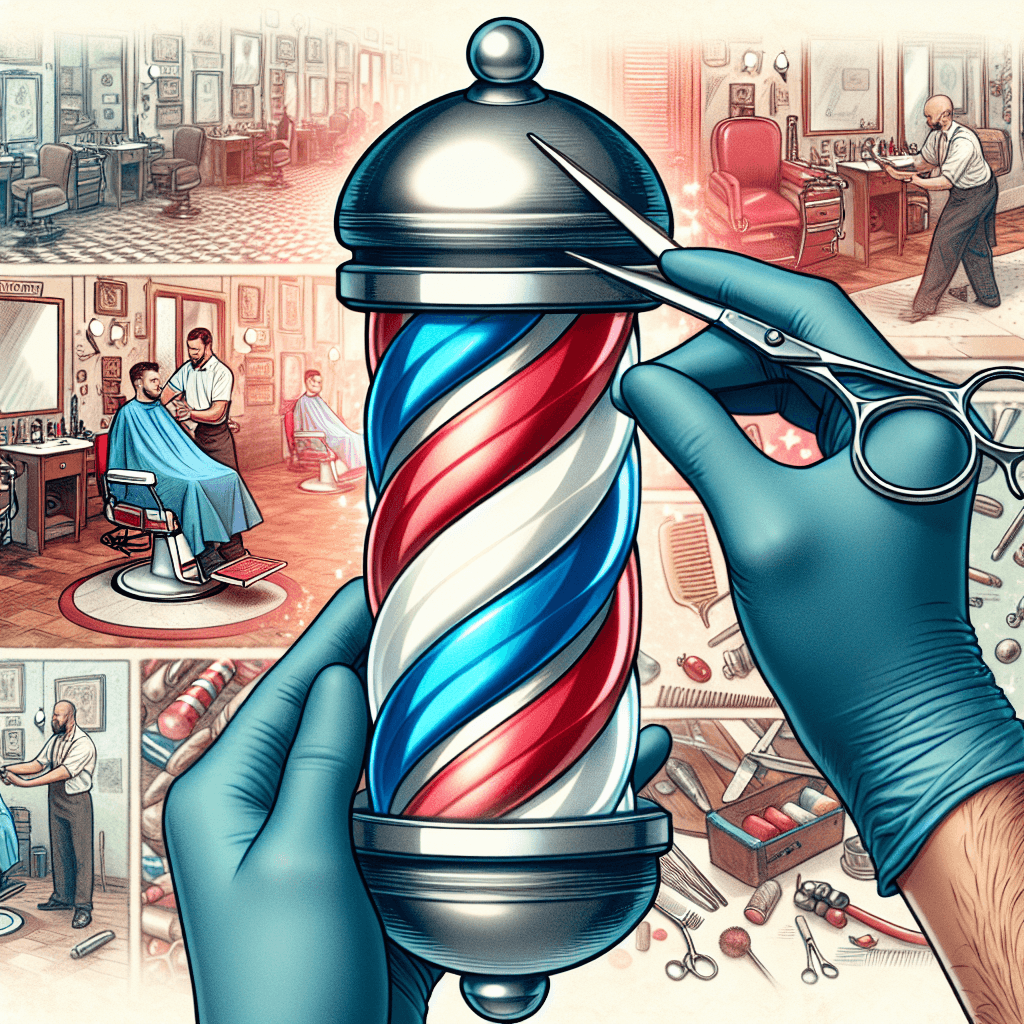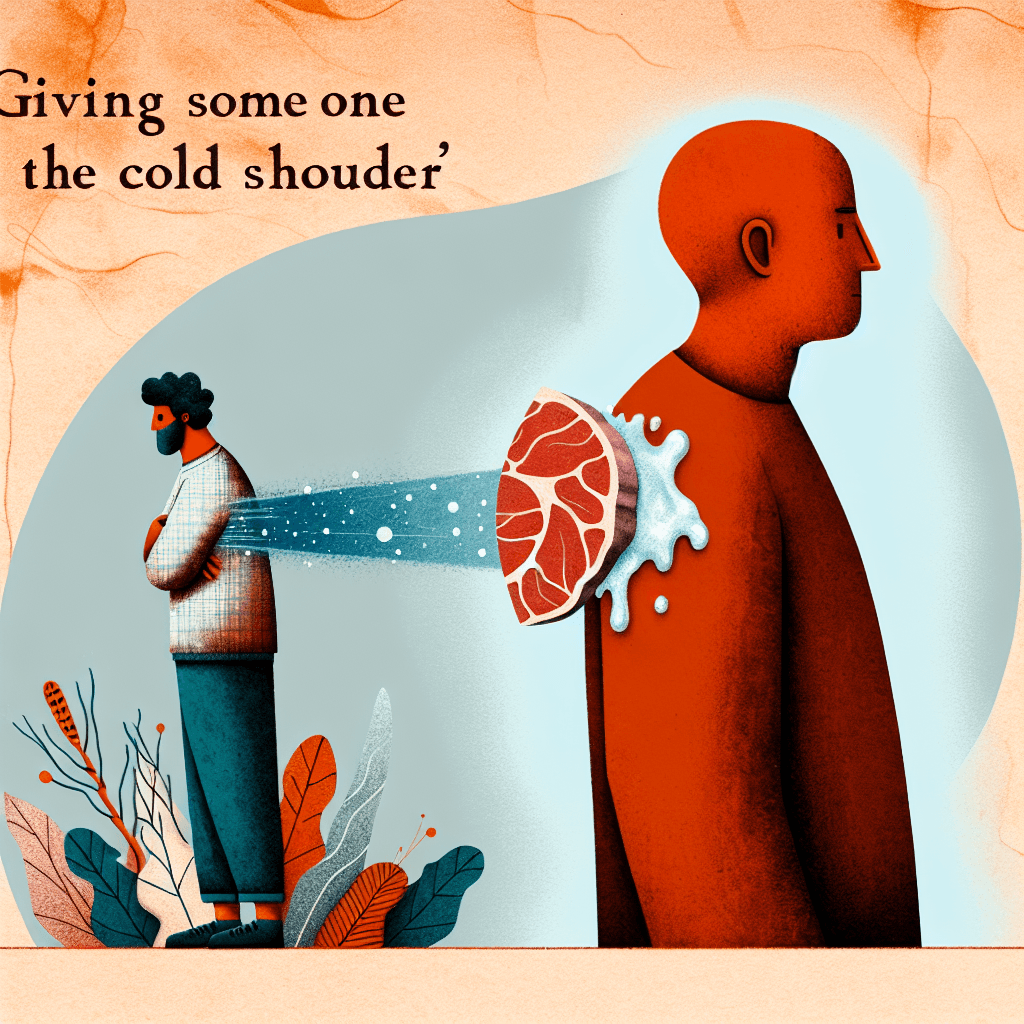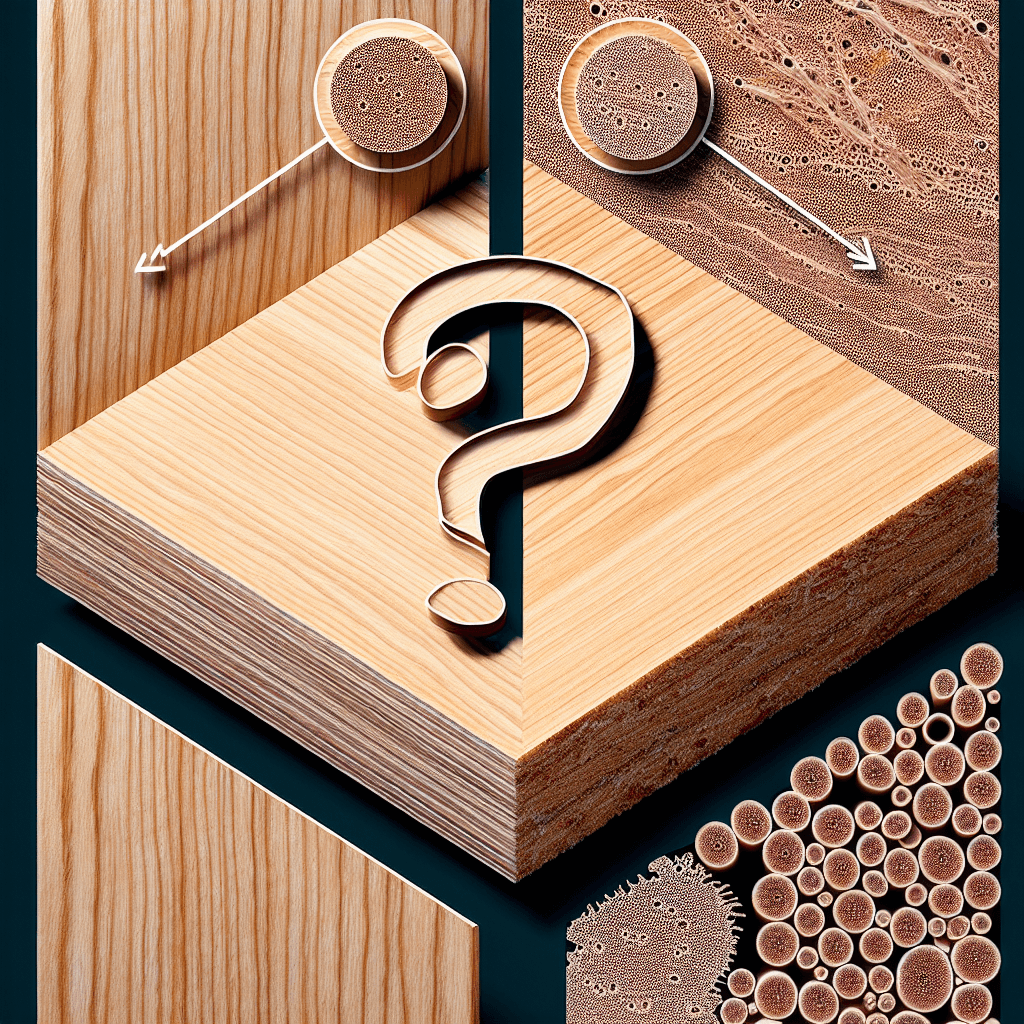Unraveling the Mystery: Why Are Barber Poles Striped Red, White, and Sometimes Blue
That iconic spinning barber pole is more than just decoration; it's a symbol steeped in a fascinating and somewhat gory history of medicine and surgery.


Too Long; Didn't Read
The barber pole's stripes have a historical meaning from when barbers were also surgeons. Its colors are a nod to the medical procedures they once performed.
Unraveling the Mystery: Why Are Barber Poles Striped Red, White, and Sometimes Blue?
Ever walked past a barbershop and wondered about that iconic spinning pole with its distinctive red, white, and sometimes blue stripes? It’s more than just a quaint decoration; it’s a symbol steeped in centuries of fascinating, and somewhat gory, history. This seemingly simple emblem tells a story of medicine, surgery, and the evolution of a profession. This blog post will delve into the rich history behind the barber pole and uncover exactly why these specific colors were chosen to represent the barber trade.
From Bloodletting to Buzzcuts: The Surprising Origins
To understand the barber pole, we must travel back to the Middle Ages. During this era, barbers didn't just cut hair and shave beards; they were also known as barber-surgeons. Their services extended far beyond grooming, encompassing a range of medical procedures. These included:
- Tooth extractions
- Setting bones
- Treating wounds
- And most notably, bloodletting.
Bloodletting was a common practice, believed to cure a wide array of ailments by releasing "bad blood" from the body. Monks, who often cared for the sick, were initially permitted to perform these minor surgical procedures. However, papal decrees in the 12th century increasingly restricted clergy from performing tasks involving the shedding of blood. This led to barbers, with their sharp tools and steady hands, taking on these duties.
Decoding the Colors: More Than Just Decoration
The colors of the barber pole are directly linked to this historical practice of bloodletting.
The Significance of Red
The red stripe is universally accepted as representing blood. During a bloodletting procedure, blood-soaked bandages were common. The vivid red color on the pole served as a clear, albeit grim, advertisement for this service.
The Significance of White
The white stripes symbolize the clean bandages used to stem bleeding or the tourniquet applied to make the veins prominent before lancing. After a procedure, these bandages would be washed and hung outside on a pole to dry, twisting in the wind and creating a spiral pattern. This imagery is thought to have inspired the striped pole design.
The Emergence of Blue (and its American Connection)
The blue stripe is a more modern addition, and its meaning is somewhat debated. There are a few prominent theories:
- Patriotism: In the United States, it's widely believed that blue was added to the traditional red and white to emulate the colors of the American flag, signifying patriotism. This adaptation helped distinguish American barber poles.
- Veins: Another theory suggests that blue represents the veins, which were lanced during the bloodletting process. Red for arterial blood, blue for venous blood, and white for bandages creates a complete, albeit symbolic, medical picture.
- Separation of Professions: Some historical accounts suggest that in parts of Europe, particularly in England, a blue and white pole indicated a barber, while a red and white pole signified a surgeon, marking a distinction as the professions began to formally separate.
The Pole Itself: A Symbol of the Trade
Beyond the colors, the pole itself holds symbolic meaning.
- The Staff: The pole is thought to represent the staff or rod that patients would grip tightly during the often painful bloodletting procedure. This helped to make their veins more prominent and provided something to hold onto.
- The Basins: Originally, many barber poles featured a brass ball or basin at the top and sometimes at the bottom. The top basin symbolized the vessel where leeches were kept (another common bloodletting tool), and the bottom basin represented the container used to collect the blood.
- The Spiraling Motion: The spiraling stripes, often seen on modern motorized poles, evoke the image of the bandages twisting in the wind, or perhaps the twisting motion of the tourniquet.
Conclusion
The iconic barber pole, with its vibrant red, white, and sometimes blue stripes, is far more than a simple marker for a haircut. It’s a historical artifact, tracing its lineage back to the days when barbers were also surgeons. The red vividly recalls the bloodletting procedures, while the white signifies the clean bandages. The addition of blue, particularly prominent in America, often ties into national pride or the representation of veins.
So, the next time you see that familiar spinning pole, take a moment to appreciate its rich and complex history. It stands as a testament to the evolution of a profession and a colorful reminder of a time when a trip to the barber could involve a lot more than just a trim.


